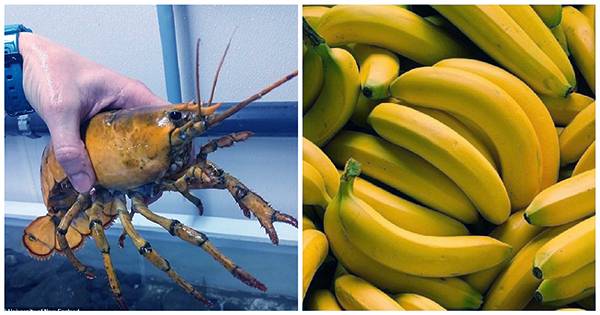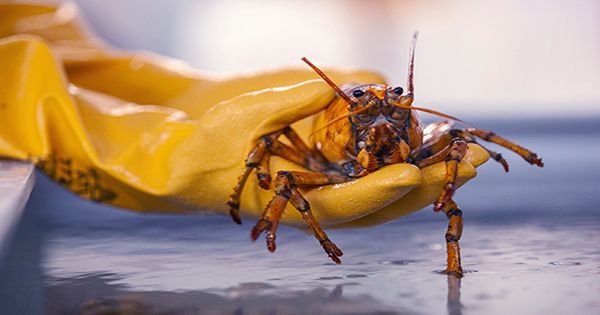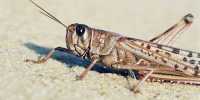Being describe as one in a million makes us feel very special, so you can only imagine the ego on the collar lobster; it a rare yellow crustacean that is one in 30 million. Tennessee Harbor lobster Fisher Marley Bob leaked the note in the Gulf of Maine to a maritime critic who, statistically speaking is three times more likely to run for president in the United States. No one to be proud of, Bob generously donated his remarkable catch to the Marine Science Center at the University of New England, where the golden wonder called banana. Other rare lobster specimens are yellow, blue and white. The odds of catching a blue throat are one in 2 million, which seems to be as common as the mole on the side of our one-in-30-million collars. Both blue and yellow lobsters are the result of genetic mutations in proteins involved in shell pigment.
“Crystal lobsters” have a pigment condition known as leucism that causes the animal to appear paler than others do. Interestingly, these are the only young lobster species that do not turn red during cooking, the most common of which are shell proteins that exposed to heat and release the pigment molecule astaxanthin. In the case of crystal lobsters, bananas have unfortunately reached this point because these turbo-rare crustaceans are one in a million – it is many lobsters.

The emergence of bananas is a turning point in lobster science at a time when the waters in the Gulf of Maine are warming faster than in other regions, and urgent research conducted on the effects of climate change in Maine. The world’s ocean results are wide, but the Maine lobster industry makes a significant contribution to the local economy, meaning that population sustainability is crucial for the locals.
Another suitable entry for Top Trump in Nova Scotia, Canada is that it spread an extra nail on his nails. Repetition of body parts is uncommon in arthropods, which characterized by blueprints of their bodies repeating parts of sections. Each section contains a set of regulatory genes that determine what additions will increase in that segment, so when a surprise claw pops up in the wrong place it results in a signal error from the regulator genes.
In addition, if you are desperate for humanity, for now, a lobster crew found aboard a fishing boat in New Brunswick, Canada where the Pepsi logo could press to its nails. This awesome catch relayed by Karissa Lindstrand, who instantly recognized branding as a self-proclaimed daily consumer of 12 cans of Pepsi, but that is another day’s story.
















